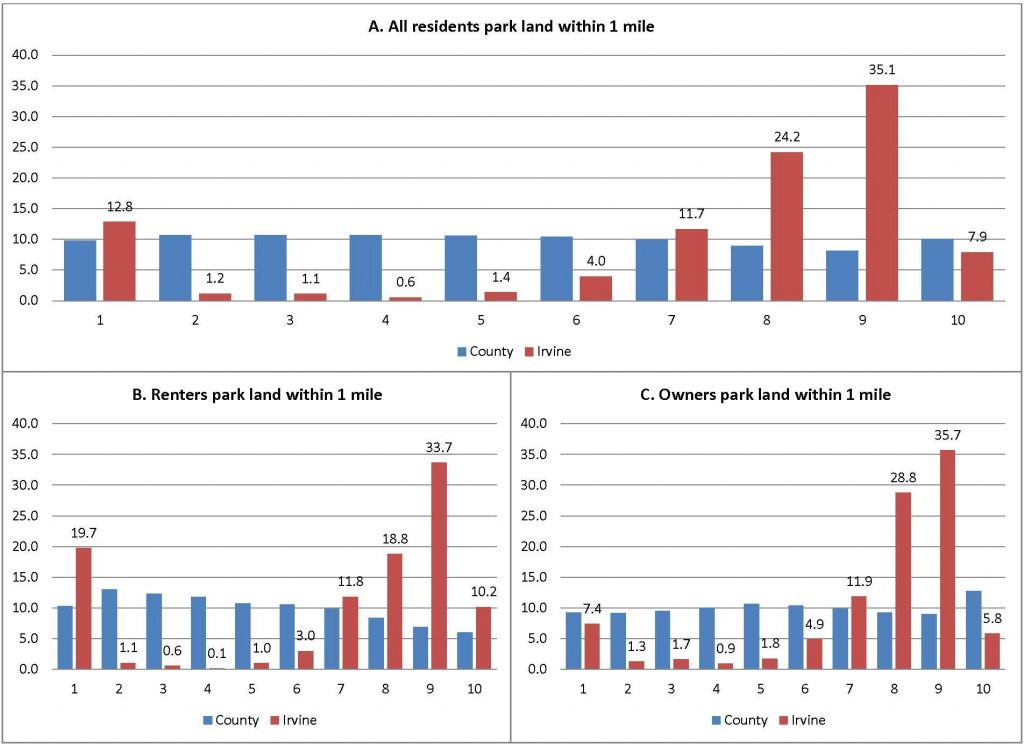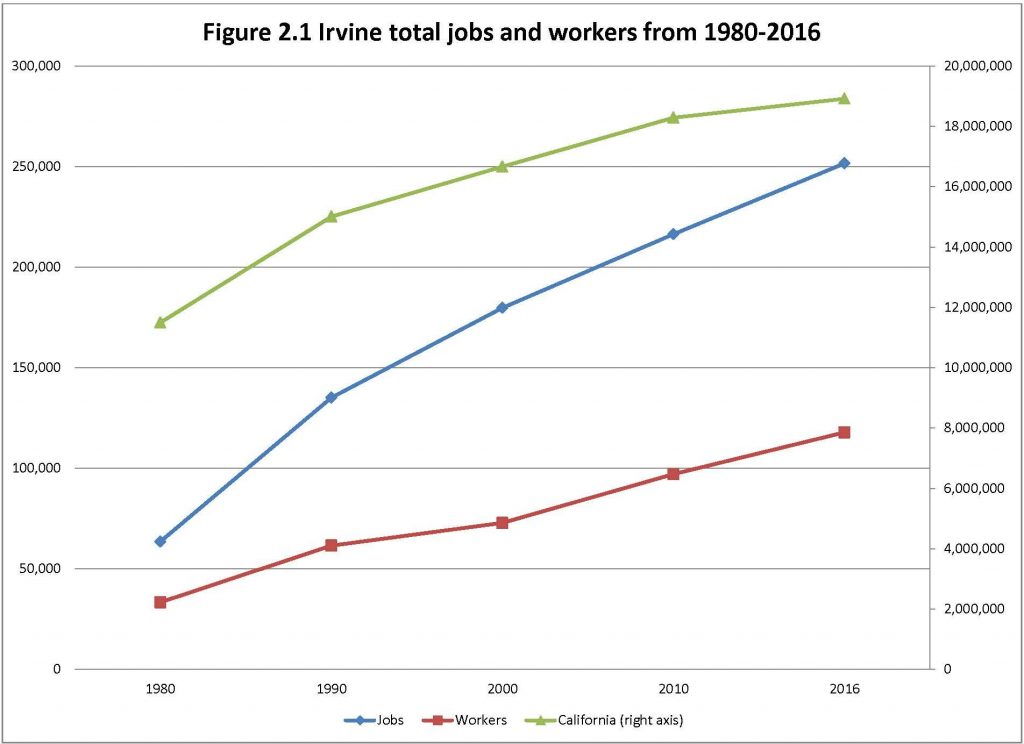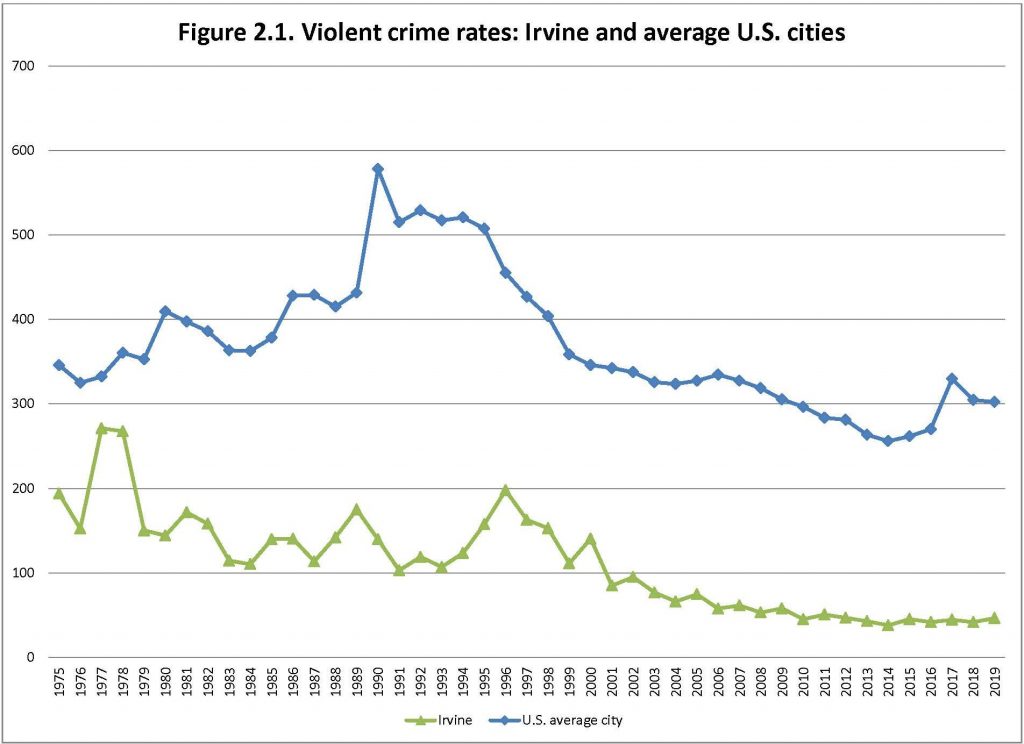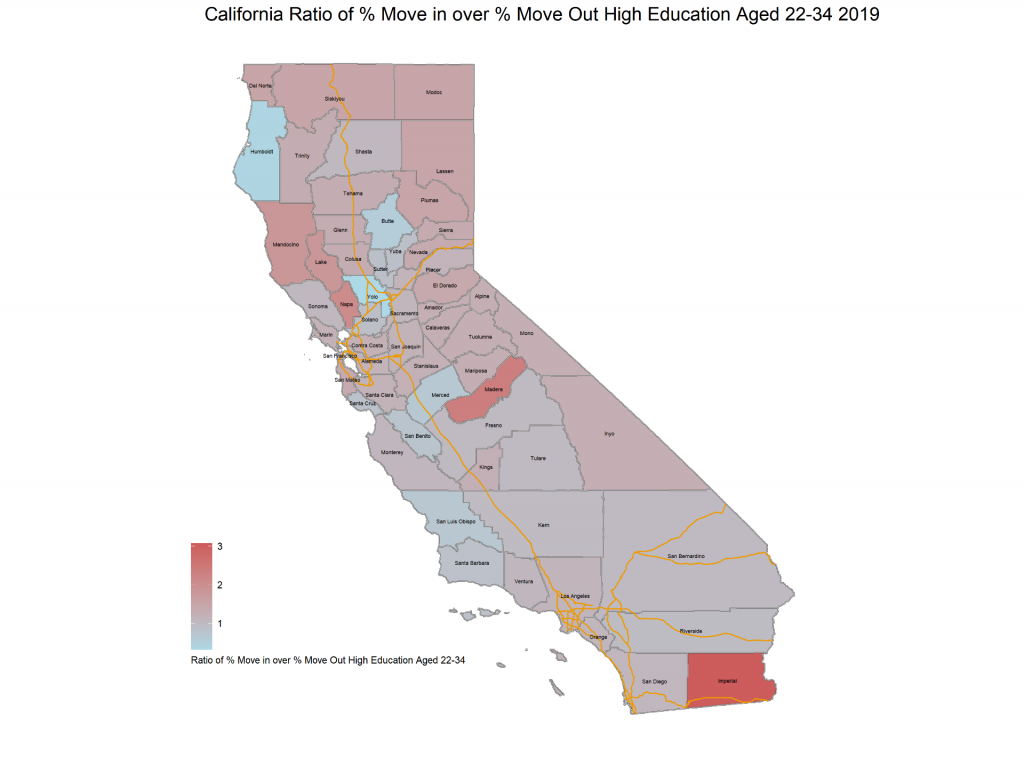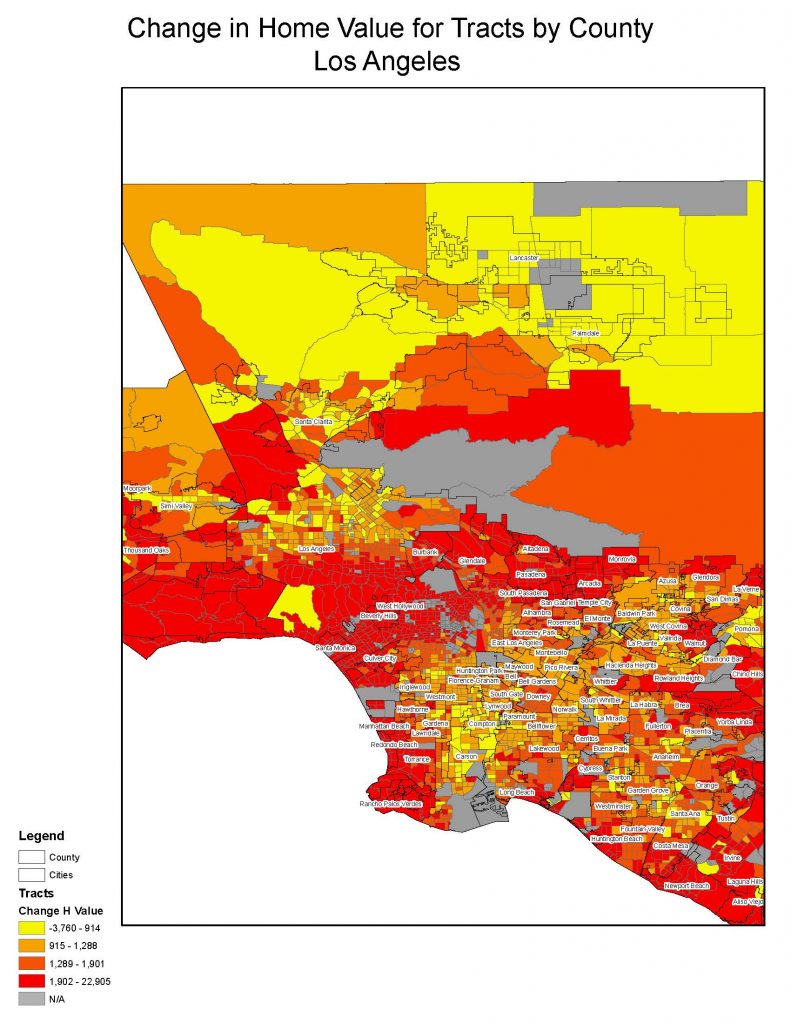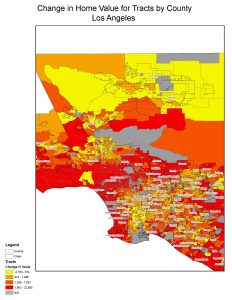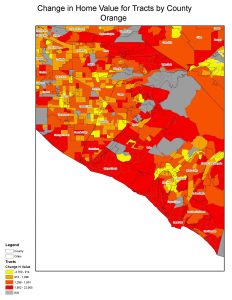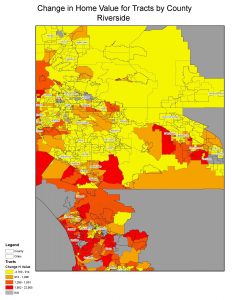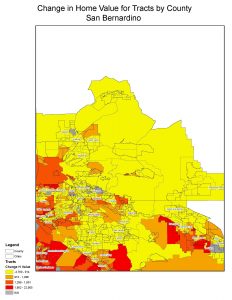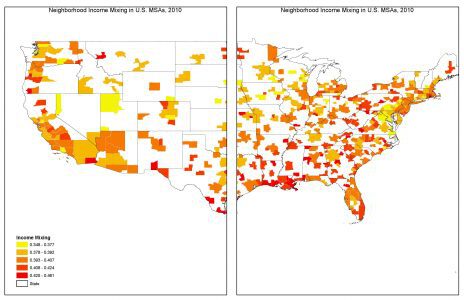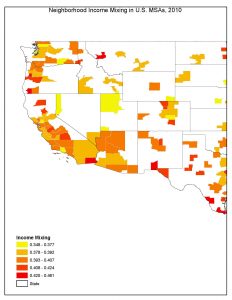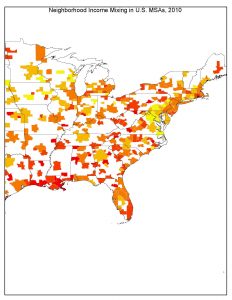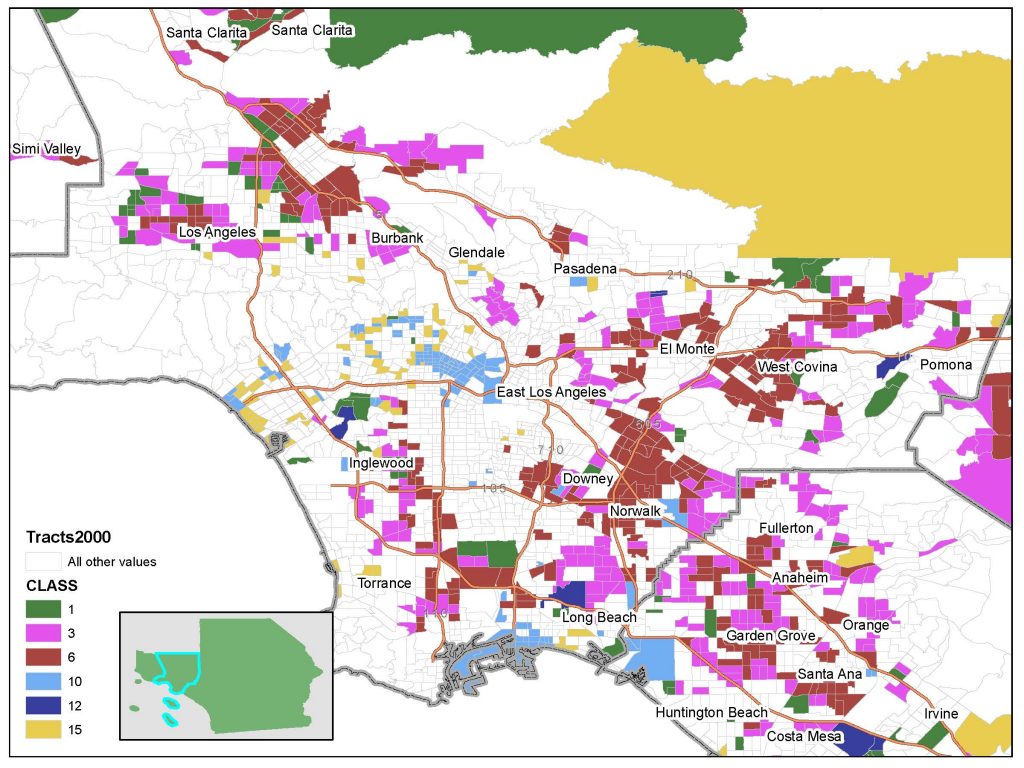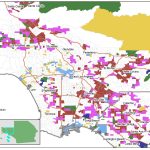This MFI report presents how Irvine has matured and transformed over the last several decades. The present report pays close attention to the city’s residents and their living environment (or the quality-of-life metrics). In Chapter 2, we explore the growth of Irvine’s boundaries and its villages. In Chapter 3 we describe the types of housing in Irvine, whether detached single family units, condominiums and townhomes, or various sized apartment complexes. Given these housing patterns, and the presence of so many jobs in Irvine, in Chapter 4 we explore the commuting patterns of residents in the city—both based on distance and time, as well as mode of commute—and compare them to the rest of the region. A feature of Irvine is the presence of many parks along with the small commercial districts in the Village model that the city has followed, and therefore in Chapter 5 we ask whether Irvine residents indeed live closer to parks and commercial areas compared to residents in the rest of the region. Chapter 6 will describe the demographic changes that have occurred within the neighborhoods of Irvine over its history. Finally, Chapter 7 will conclude by summarizing what we have learned in this Report, and consider what the future of Irvine might look like.
Read the Report on Irvine at 50: The changing landscape of housing, commuting, and amenities
